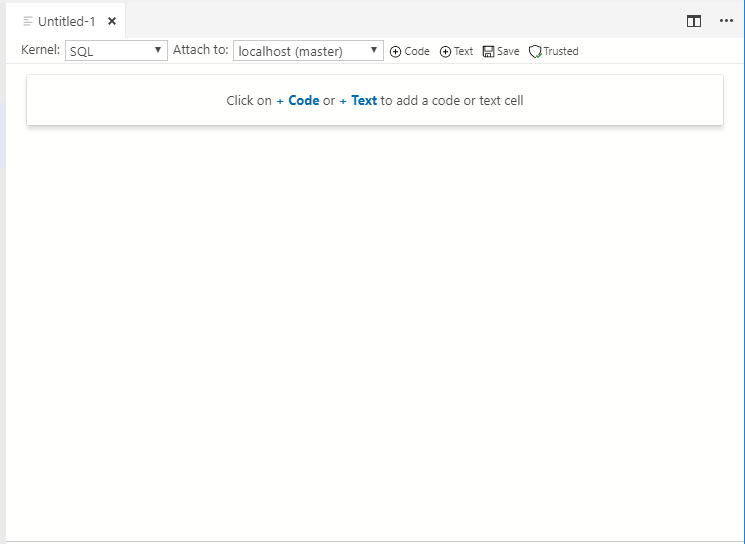Last updated on March 17, 2019
Update: This blog post is already out of date due to the hard work of the ADS team! Check my Azure Data Studio Notebook Update for more details of why you can skip my warnings about your internet connection.
I have been waiting for word about the new Notebook functionality in Azure Data Studio, and when I heard it was available in the insider build, I jumped in to take a look.
A Jupyter Notebook is a web application that allows you to host programming languages, run code (often with different programming languages), return results, annotate your data, and importantly, share the source controlled results with your colleagues.
Alright, here’s what I did:
- Grab the insider’s build from Github.
- Install Azure Data Studio (ADS.)
- Create a new Notebook (and have it download some stuff.)
- Run some queries!
Keep in mind I am talking about the Insider’s Build as of as of Thursday March 7, 2019 – if you download it in the future changes are likely to have occurred.
If you want to follow along, make SURE you have a solid internet connection available, planes do NOT count.


Jump to the ADS Github page
Scroll to the latest insiders builds:

Extract or install, and launch Azure Data Studio.
Keep in mind you may want to disable updates when running the insider version, as it will try to update to the stable channel version. Thanks to Shawn Melton for the tip!
Install the tools by choosing File -> New Notebook.

The install process will warn you this will take awhile to download and configure the Jupyter environment (which includes python and a few other dependencies.)

Every time you create a new notebook, you are going to download the required dependencies from scratch – this is to ensure you have an isolated environment per notebook, but its worth keeping in mind for now.
Go get some coffee, its going to be a bit.

Maybe time for that second cup.
When our new notebook pops up, you should immediately be offered an option for a Code(TSQL) or a Text(markdown) box.

I wrote two example queries and added an animated gif (mostly because I was watching Chris on the SQL Tools team doing the same on the sqlbits presentation for ADS https://sqlbits.com/Sessions/Event18/Introducing_Azure_Data_Studio )

All the data you return is saved into your notebook, so you can see the same results as I did if you download my notebook, and you can replay it in your environment to see if it is the same.
Going to end it there for now, but I am excited to see what people will begin passing around in notebooks for debugging, training, and demonstration purposes!
Some issues I am going to be keeping my eyeballs on the next few weeks:
- Opening a notebook file is is going to have to re-select the folder where your notebooks live, or try to point to a default folder
- Determining how many rows to serialize, and communicating that to the user.
Yea, that airplane tip is solid. If you want to install the python dependencies, flaky internet makes that hard. Turns out, if I just want to play with T-SQL notebooks, I didn’t have to bother installing any of those dependencies anyway!
Win! I can still play around with it from 34,000 feet!
Yeah they already updated the Insider’s build to not prompt that on each install, WAY better now.
Yeah, same problem with hotel Internet connections on the road, too. Had a devil of a time trying to download half a gig of stuff to create a notebook.